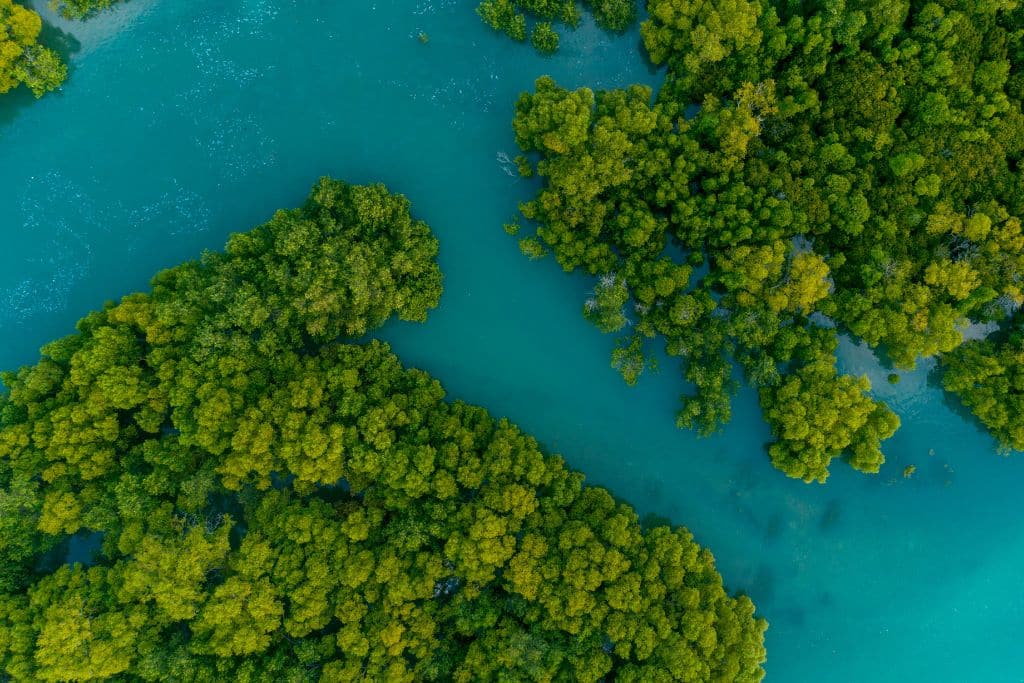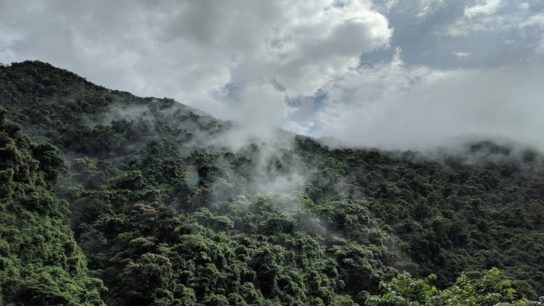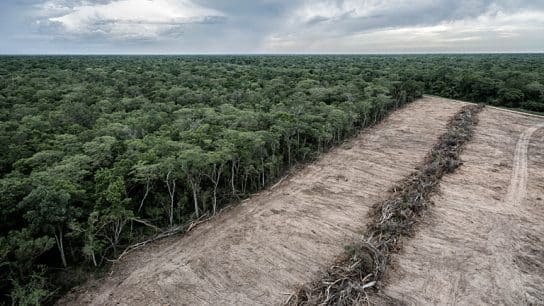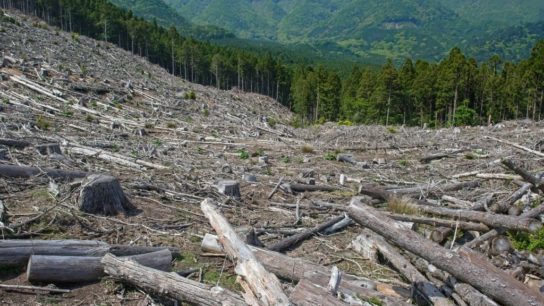Despite the critical services they provide to humans and ecosystems, over 50% of mangrove forests have been lost due to agriculture, coastal development and overexploitation. Protecting and restoring them is a cost-effective strategy for enhancing coastal climate resilience and global carbon capture.
—
Mangroves are found in 128 countries and distributed across nearly 15% of coastlines worldwide. Over 30% of mangroves are found in southeast Asia.
They are one of the “big 3” of coastal blue carbon ecosystems, together with salt marshes and seagrass beds. These carbon-rich areas account for over 50% of carbon storage in ocean sediments and provide habitat for thousands of species. Mangroves also reduce the speed and intensity of storm waves.
Mangroves in Decline
Mangroves are considered one of the most threatened habitats in the world. Aquaculture, deforestation, coastal development and wood harvesting have contributed to the loss of nearly 50% of mangroves worldwide over the past 50 years.
Aquaculture, primarily shrimp farming, is the single largest driver of mangrove loss, accounting for 26% of global mangrove declines between 2000 and 2020. Shrimp farming requires thousands of acres to be cleared for the creation of artificial shrimp holding ponds. Shrimp farms generally operate for only two to five years, provide low-paid temporary jobs for local communities and leave behind a polluted, degraded, and infertile landscape that can no longer support any type of farming.
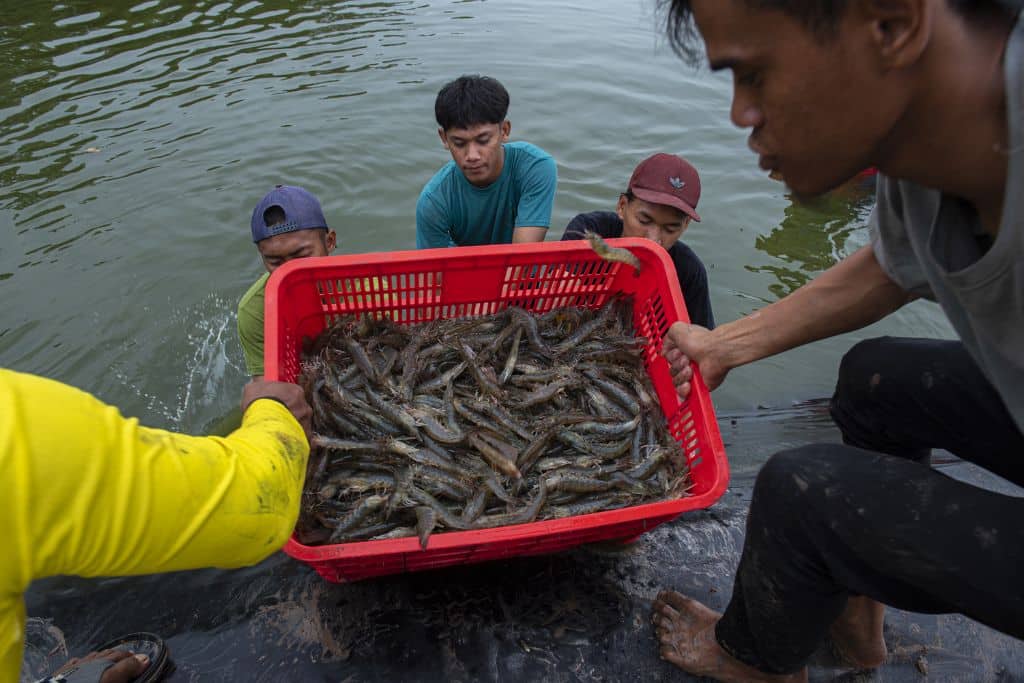
Mangroves have also been cleared in favor of more lucrative crops, including rice and oil palms. Indonesia, home to over 20% of the world’s mangroves, is also the global leader in mangrove deforestation. Some 1,739 kilometers of mangrove area have been cleared between 1996 and 2020 to make space for palm oil plantations and coastal development in Indonesia. Clearing of mangroves for rice cultivation is also widespread in southeast Asia and accounted for 13% of total losses worldwide in 2024.
Globally, over 50% of remaining mangrove areas are considered threatened from human impacts and vulnerable to climate change-related impacts, including more frequent and intense storms and sea level rise.
A Carbon Storage Powerhouse
Mangroves are one of the most efficient natural resources for capturing and storing carbon. This is due to their rapid annual growth process. During photosynthesis, mangroves take in significant carbon dioxide and water from the atmosphere to create glucose, which fuels the development of leaves, stems and roots. Most of the sequestered carbon is stored in soils submerged in water, which lack oxygen.
Plants decompose much slower without oxygen, so the carbon can remain stored in plant material for hundreds or even thousands of years. More than 6.4 billion tons of carbon are stored in mangrove forests, equivalent to 4.5 times the annual carbon emitted by the entire US economy.
Coastal Defenders
Mangroves are a buffer from natural hazards, including storms, tsunamis, and erosion. Their dense root systems reduce the speed and height of waves, lessening damage and impacts from storm surge-related flooding.
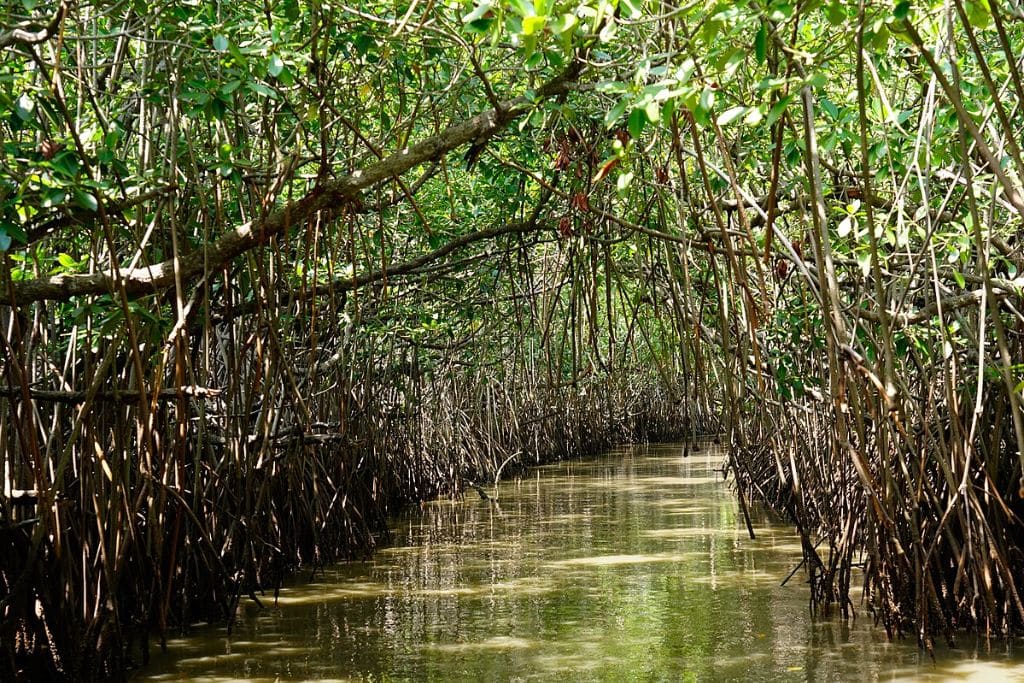
A 2014 report from The Nature Conservancy and Cambridge University found that even young and small mangrove forests can provide coastal defense benefits. Specifically, the study concluded that just 100 meters of mangrove forests can reduce wave height by 13-66%, while hundreds of meters are needed to reduce tsunami flood depth by 5-30% and thousands are needed to effectively reduce flooding impact.
Needless to say, the reduced impact from storms highly benefits coastal populations. A 2020 study found that mangroves provide more than $65 billion per year in global flood protection benefits. It also found that an additional 15 million people would be flooded each year worldwide if mangroves were lost completely.
The southeast US is one of the greatest beneficiaries of natural coastal defenses due to the high frequency of storms and significant coastal population.
A 2019 analysis of storm-related property damage and economic losses in Florida under “with mangroves” and “without mangroves” scenarios found that properties behind mangroves had 25.5% less flood damage than those without. Properties behind mangroves during powerful Hurricane Irma in 2017 avoided $1.5 billion in surge-related flood damages.
Vital Habitat for Plants and Animals
Over 1,500 plant and animal species depend on mangroves for habitat, food, and protection from predators. These include more than 200 species that are threatened with extinction, such as the endangered proboscis monkey and the critically endangered Mangrove Finch, one of the finch species famously studied by Charles Darwin, with a total population numbering around 100. All remaining Mangrove Finches in the world are found only in mangroves on a single Galapagos Island.
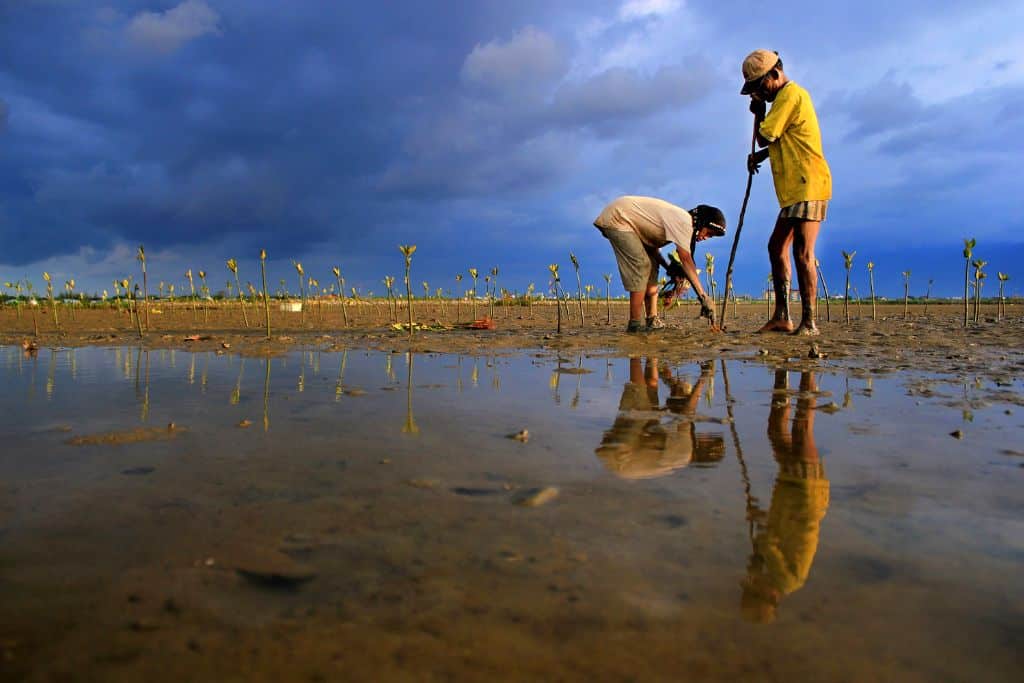
Conservation Efforts
Global action to preserve and restore mangroves has increased in recent years.
The Kunming-Montreal Global Biodiversity Framework, adopted by 196 countries in 2022, includes a pledge to ensure a minimum of 30% of areas of degraded coastal ecosystems are under effective restoration by 2030. The Intergovernmental Panel on Climate Change’s (IPCC) latest Assessment Report lists the protection and restoration of blue carbon ecosystems including mangroves as essential actions to enhance global climate change mitigation and adaptation. And theGlobal Mangrove Alliance, which includes major environmental non-profit organizations, has called for doubling the amount of remaining mangroves that are protected from 40% to 80% by 2030.
The World Wildlife Fund launched the“Mangroves for Community and Climate” initiative in 2018with the goal of protecting, restoring and strengthening the management of 2.47 million acres of mangroves in Mexico, Madagascar, Fiji and Columbia. The project aims to secure 2 billion tons of carbon and protect 300,000 people from storms and coastal erosion.
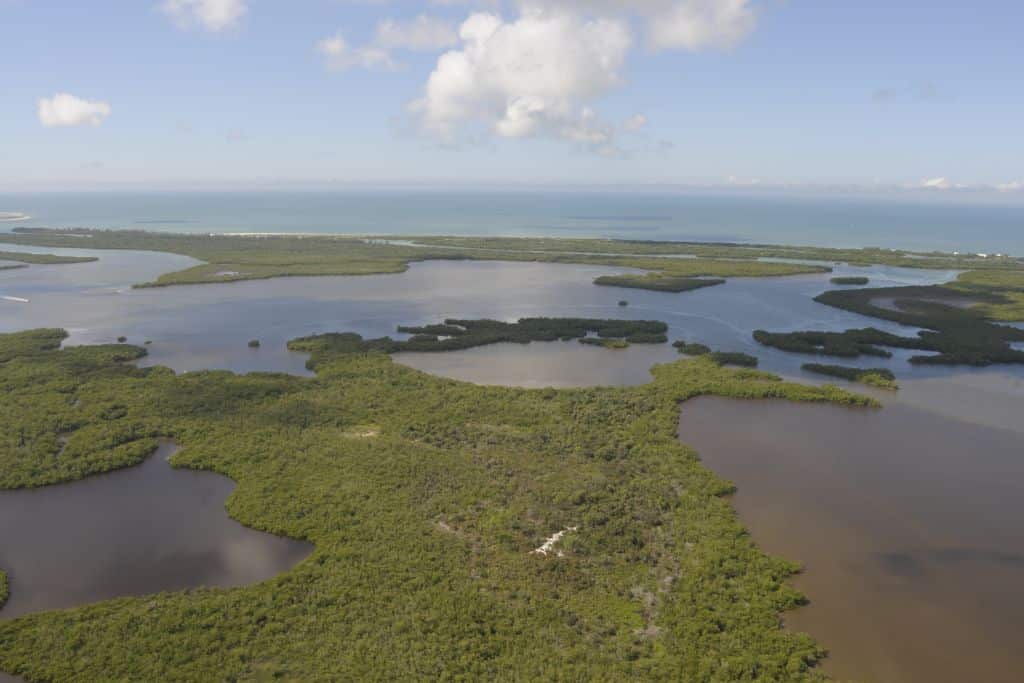
Mangrove restoration has also been completed with a local focus.
Between 2021 and 2023 the Florida Fish and Wildlife Commission, Florida Department of Environmental Protection and the city of Marco Island completed the largest mangrove restoration project in Florida history. The project successfully restored 200 acres of mangrove forest and reopened wetlands to fish and wildlife in the Rookery Bay National Estuarine Research Preserve.
This story is funded by readers like you
Our non-profit newsroom provides climate coverage free of charge and advertising. Your one-off or monthly donations play a crucial role in supporting our operations, expanding our reach, and maintaining our editorial independence.
About EO | Mission Statement | Impact & Reach | Write for us
